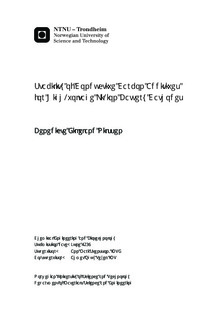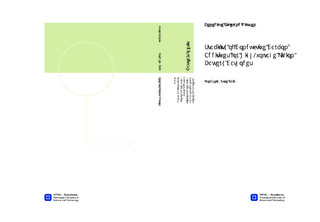| dc.description.abstract | Conductive carbon additives are important constituents of the current state-of-the-art Li-ion battery cathodes, as the traditional active cathode materials are characterized by too low electronic conductivities. In high-voltage Li-ion batteries, these additives are subject for anion intercalation and electrolyte oxidation, which might cause changes in the conductive carbon network in the cathode, and hence the overall cycling performance of the electrode. This thesis has focused on study the stability of three types of carbon additives operating at high voltages. Materials included were two conventional types of conductive additives, graphite, KS6, and carbon black, Super P Li, both provided from TIMCAL. In addition, a multilayer graphene powder, Graphene AO-2, provided from Graphene Supermarket has been investigated. The powder properties, size, shape and structure, were studied in a scanning electron microscope and by powder X-ray diffraction. Electrodes from these materials were cycled galvanostatically and with cyclic voltammetry to reveal their high-voltage behaviour, with respect to the two above mentioned electrochemical processes. More detailed investigations of anion intercalation in KS6 and Graphene AO-2 were conducted by in situ X-ray diffraction measurements and scanning electron microscopy. For cycling in 30:70 vol% EC/DMC 1 M LiPF6 to a voltage of 4.7 V vs. Li+/Li, the results showed that Super P Li can be considered as the most stable conductive additive. At 4.7 V vs. Li+/Li, both KS6 and Graphene AO-2 are electrochemically active, while Graphene AO-2 displays a more reversible behavior, and are more stable than KS6. For even higher operation potential, 5.0 V vs. Li+/Li, Graphene AO-2 showed the least stable behavior of the three materials, due to large degree of electrolyte oxidation, unstable anion intercalation upon continuous cycling, and the suggestions of structural degradation of the electrode. However, a small increase in the electrolyte stability window was shown with Graphene AO-2 when changing to a more viscous electrolyte (1:1 vol% EC/DMC 1 M LiPF6) or adding an anion receptor (tris(hexafluoroisopropyl)borate) to the electrolyte. The anion intercalation in KS6 was observed to form staged phases, starting at 4.83 V vs. Li+/Li. The electrode structure was suggested to be affected in a smaller extent compared to Graphene AO-2. In addition, less electrolyte was oxidized at the KS6 electrode surface, compared to the two other materials. However, the film formed on the Super P Li electrodes did not seem to affect the carbon negatively, because stable anion intercalation was observed upon continuous cycling. Indicating that Super P Li was not strongly affected by the intercalation process. | nb_NO |

